March 31, 2025
Letters from Indochina (Part 1)
By Simon J. Lau
Today marks the beginning of my journey through Indochina, a region once ruled by France and now encompassing Vietnam, Laos, and Cambodia. While each country has its own distinct culture and history, they share a common legacy of colonialism, war, and a long struggle for independence. France’s foothold in the region began with 19th-century military campaigns in Vietnam and gradually expanded into broader colonial rule.
Over the decades, the French reshaped the region through economic exploitation, cultural suppression, and a system of indirect rule that often pitted local groups against one another. That legacy still lingers, visible in everything from political systems to architecture and language. It’s a complicated story, and one I’ll be tracing day by day. My first stop: Cambodia.
Cambodia is a country of striking contrasts: ancient temples, bustling modern streets, and the enduring weight of a traumatic past. Most people know it for Angkor Wat, the world’s largest religious monument and the crown jewel of Angkor, the ancient capital of the Khmer Empire. At its height, the empire’s influence extended across present-day Cambodia and into large parts of Thailand, Vietnam, and Laos, leaving behind a legacy of monumental architecture. Yet Cambodia’s story runs deeper than its ruins.
Centuries later, Cambodia found itself in a far more precarious position. Bit by bit, it was being swallowed by its now more powerful neighbors: Thailand to the west and Vietnam to the east. In a desperate bid for survival, the kingdom turned to France. In 1863, it signed a protectorate agreement that placed the country under French control, eventually making it one of the three territories that would form French Indochina. What followed was nearly a century of colonial rule.

That history felt far away when I left San Francisco. The city was still cold when I boarded the plane in shorts and a T-shirt, fully aware I’d be landing somewhere much hotter. After 22 grueling hours of flights and layovers, I finally arrived in Cambodia’s capital, Phnom Penh. The heat settled over me like a damp blanket: dense, unmoving, and inescapable. April is typically the hottest month in Cambodia, and if today is any indication, I’m in for a very warm welcome.
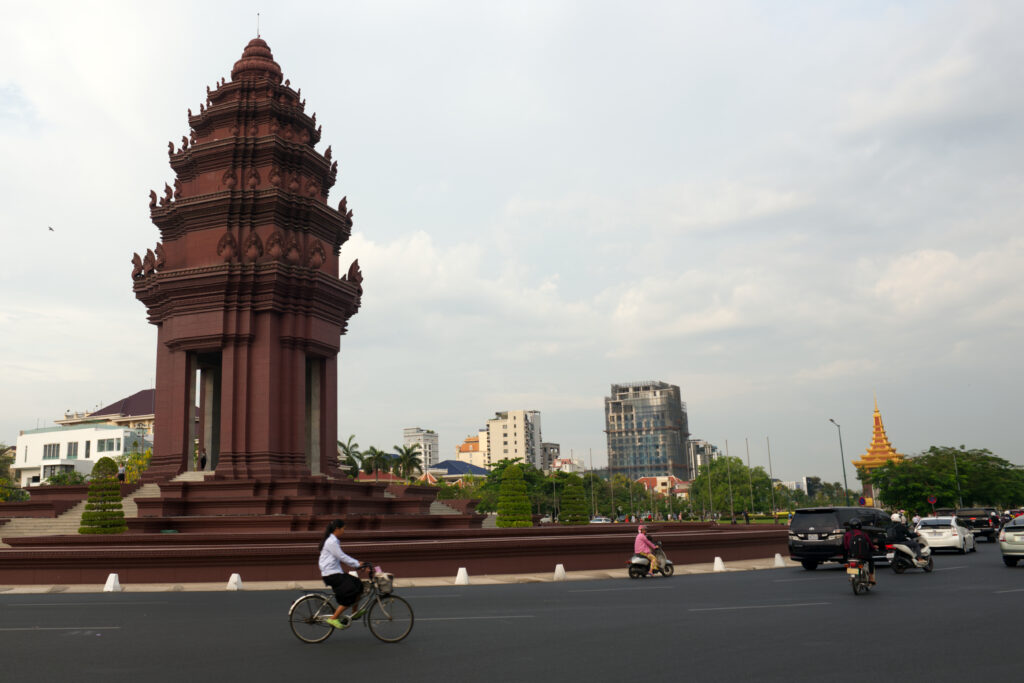
Once known as the “Pearl of Asia,” Phnom Penh served as the political and cultural heart of Cambodia during the French colonial era. A city of wide boulevards, manicured gardens, and a mix of colonial and royal influence. It reflected both French ambition and Khmer sovereignty, standing at a crossroads in the region’s turbulent history. Today, traces of that past remain: crumbling colonial buildings, gilded temple roofs, and streets thick with the movement of everyday life. It’s a place that feels both raw and brimming with possibility.
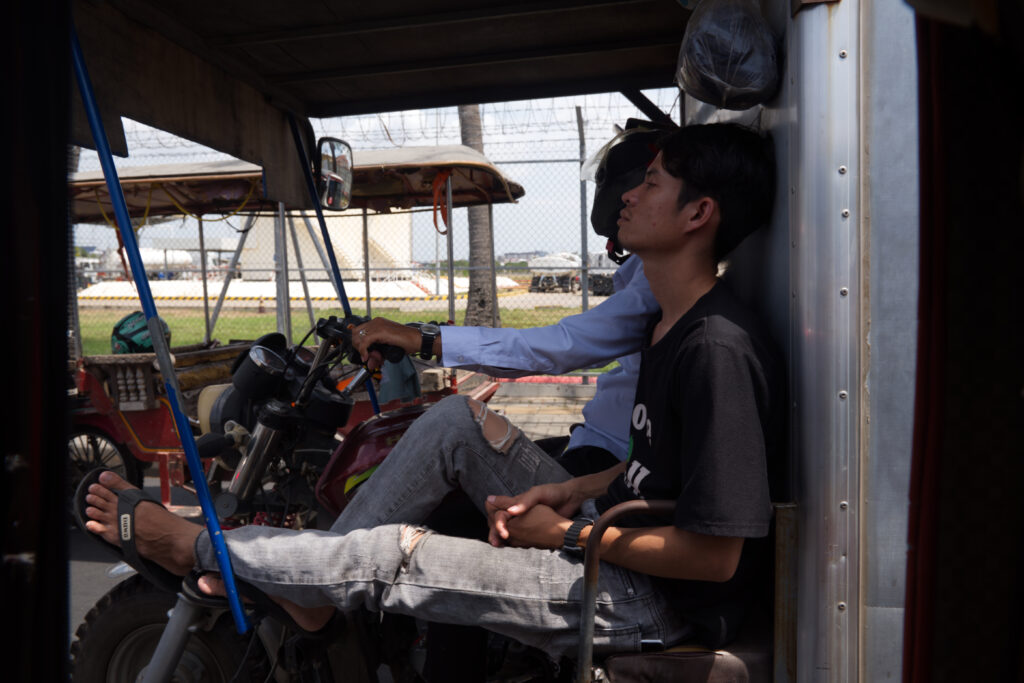
Upon arrival, I opted for a tuk-tuk to get me to my hotel. A tuk-tuk is a three-wheeled motorized rickshaw commonly used throughout Southeast Asia. It’s essentially a small open-air carriage attached to a motorbike, making it ideal for weaving through traffic. I appreciate the open-air design and the low roofline; it offers privacy from the outside while letting me discreetly snap photos of the city as we cruise along. After several moments photographing passersby and soaking in the warm breeze and smell of the city, I had a strong feeling I was going to love Cambodia.
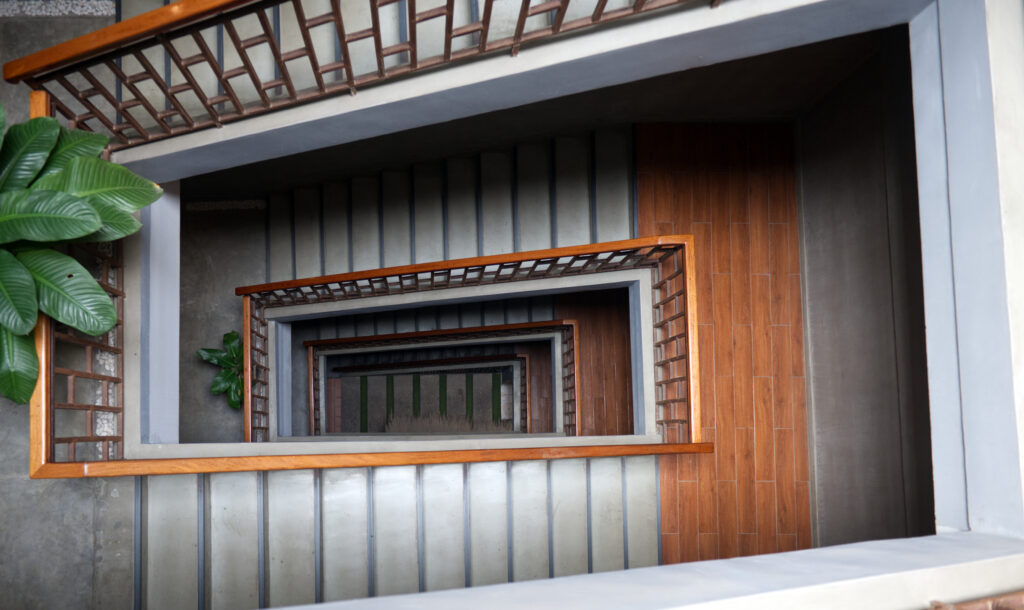
I’m staying at a boutique hotel that cost me just $22 USD a night. I’m used to no-frills accommodations, since I tend to travel for long stretches and spend very little time indoors, my main priorities are costs and cleanliness. In this case, the hotel is spotless, though it lacks an elevator, which means walking up and down four flights of stairs. And my view? The roof of the building next door and a stretch of razor wire. Not exactly postcard material, but I’m satisfied.
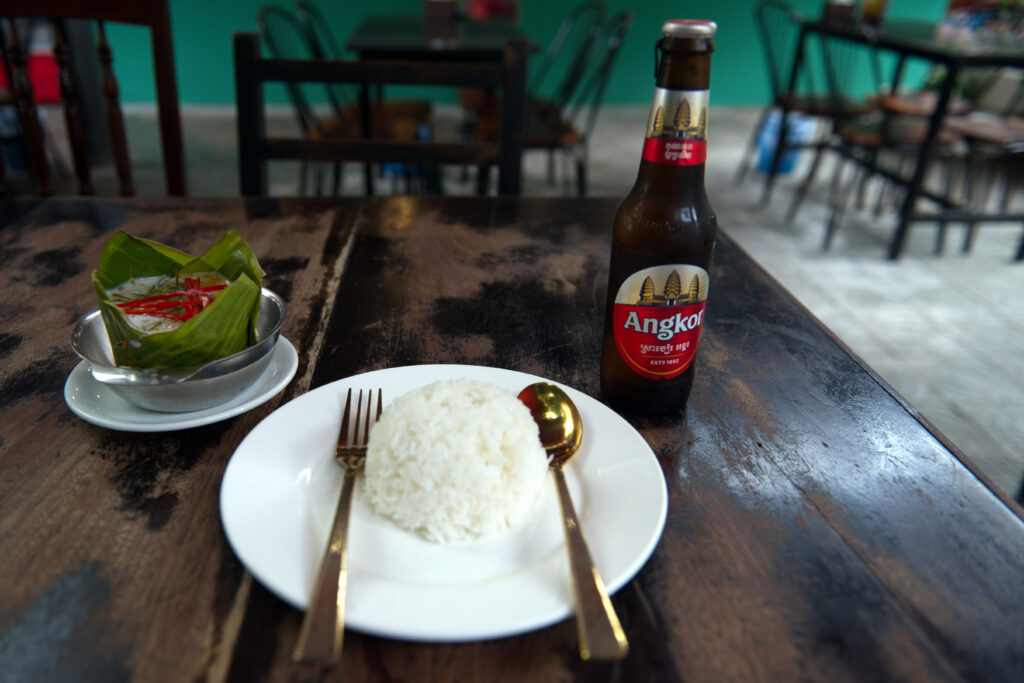
After checking in, I wandered into the city in search of food and ended up at a highly rated spot called Khmer Women Food. The restaurant sat where a front yard used to be, with the main house set farther back from the street. It felt cozy and inviting. I went with the waitress’s recommendation: amok, a creamy fish curry often hailed as Cambodia’s national dish. To properly kick off this adventure, I paired it with a local beer (or two).
It’s only day one, but with six weeks and three countries ahead, I can already tell this journey will be something amazing.


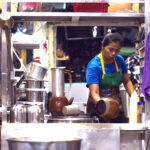

Comments are closed.